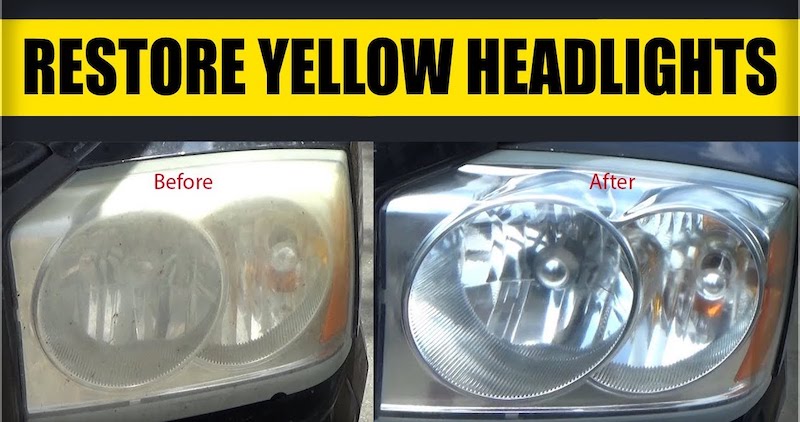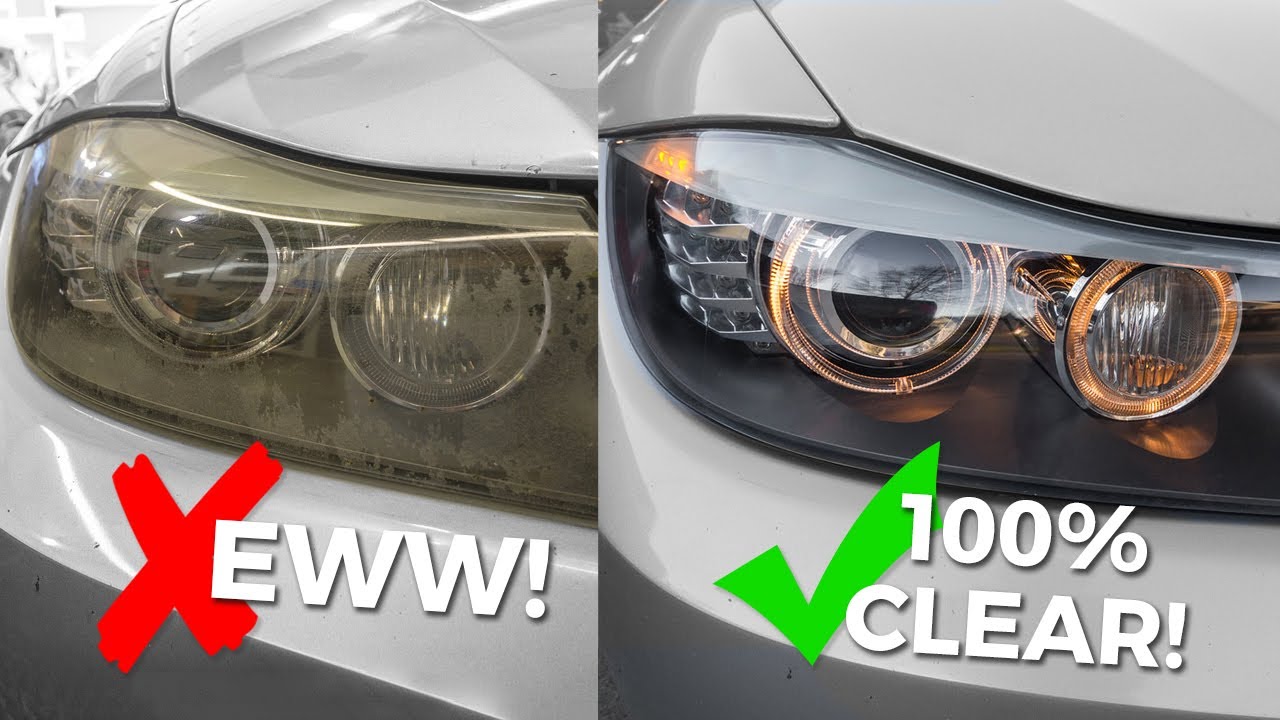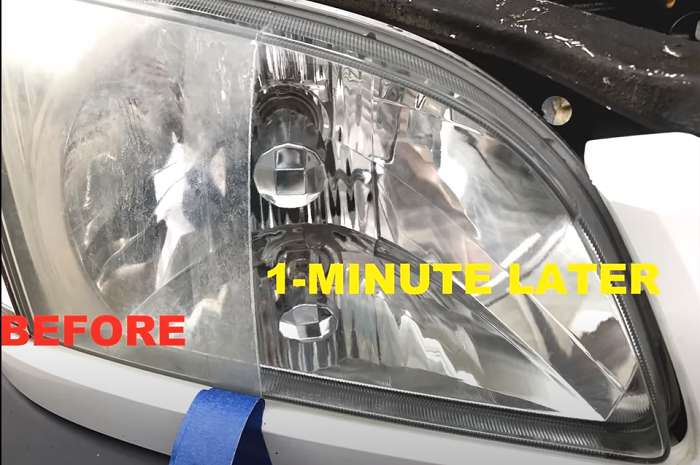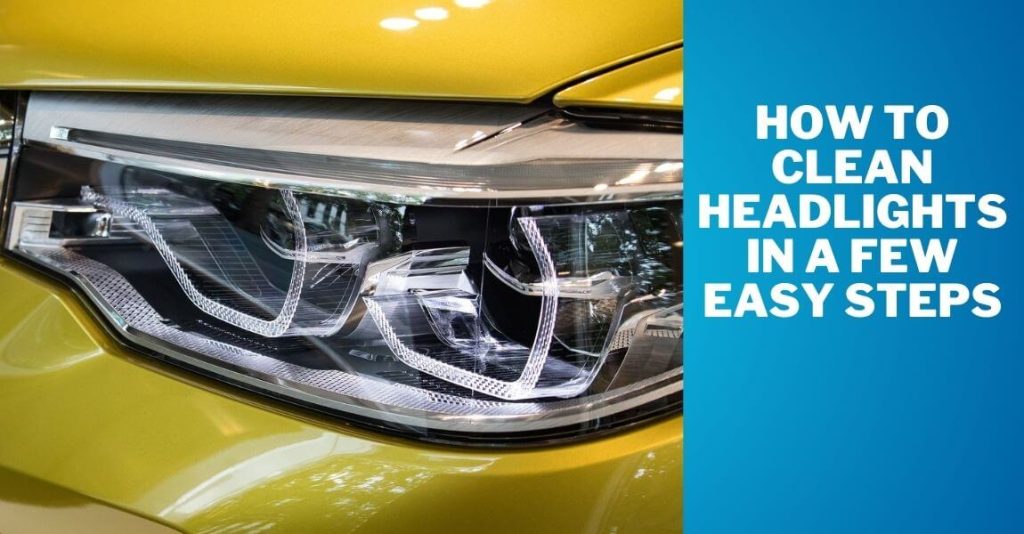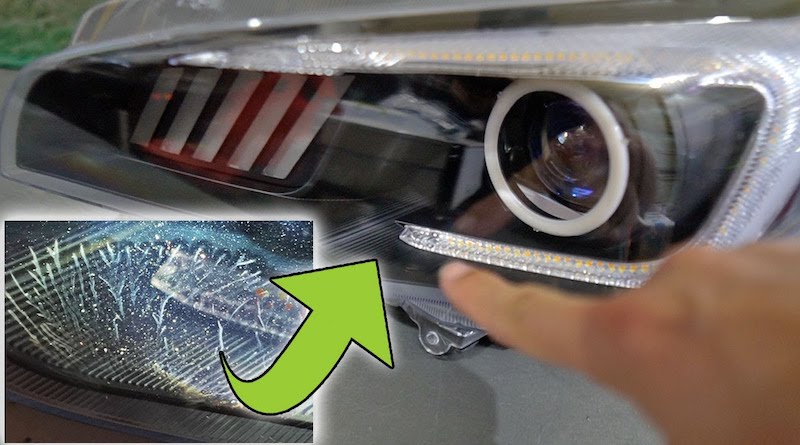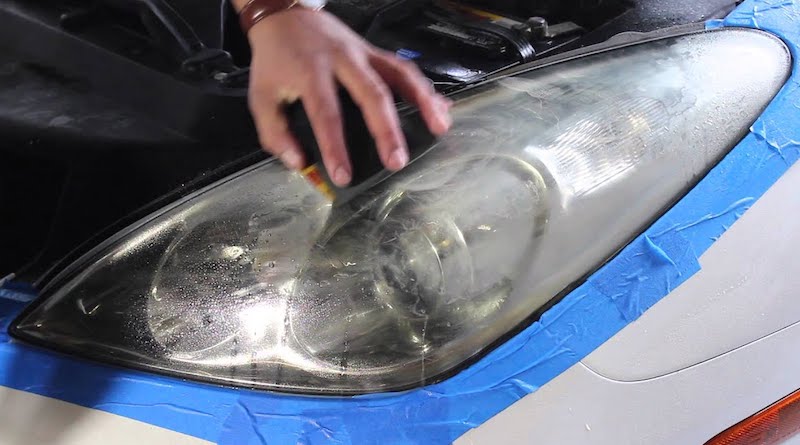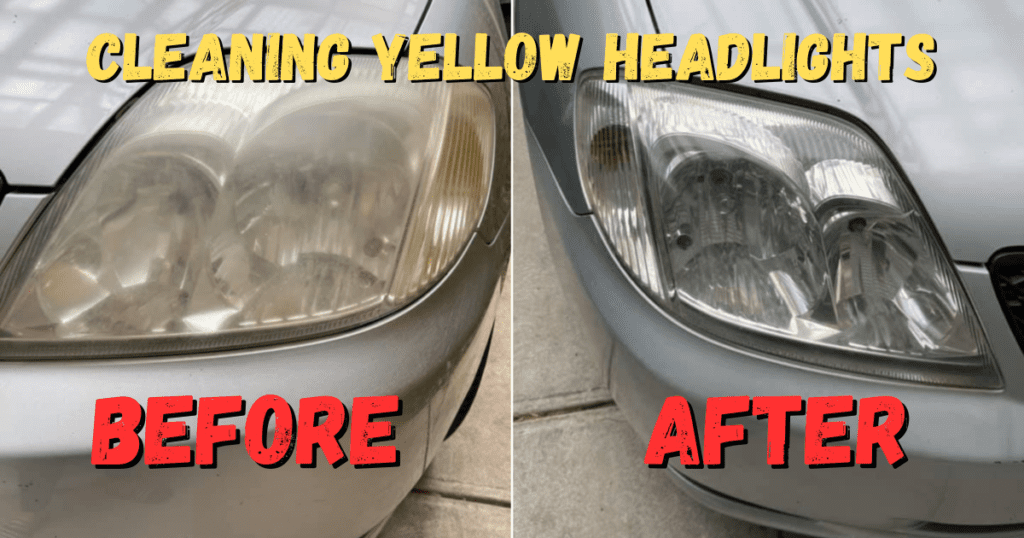How To Clean The Inside Of Your Headlights

Hazy or cloudy headlights not only diminish your vehicle's aesthetic appeal, but more importantly, they significantly reduce visibility, especially during nighttime driving or inclement weather. Many drivers facing this problem often consider replacing the entire headlight assembly, a costly and often unnecessary expense.
However, a range of do-it-yourself methods exist to restore clarity to your headlights, saving you money and enhancing your safety on the road. This article outlines practical approaches for cleaning the inside of your headlights, addressing common causes of cloudiness and providing step-by-step instructions for effective restoration.
Understanding the Problem
Before diving into the cleaning process, it's crucial to understand why headlights become cloudy internally. Moisture intrusion is a primary culprit. Condensation can accumulate inside the headlight housing, leading to the growth of mold or mildew and depositing mineral residues that obscure the lens.
Cracks or damaged seals around the headlight assembly allow moisture and debris to enter the housing. Furthermore, off-gassing from the plastic components inside the headlight can contribute to the buildup of a hazy film on the inner surface of the lens over time.
Cleaning Methods
The Rice and Vinegar Method
This method utilizes household items and relies on the abrasive action of rice to dislodge dirt and grime. You will need: Dry rice (approximately 1/2 cup), white vinegar or soapy water, a soft cloth, and basic tools to remove the headlight assembly (if needed).
First, remove the headlight assembly from the vehicle. Consult your vehicle's owner's manual for specific instructions on headlight removal. Pour the rice and vinegar (or soapy water) into the headlight housing through the bulb opening.
Securely seal the opening with a cloth or tape. Gently shake the headlight assembly vigorously for several minutes, allowing the rice to scrub the interior surface. Finally, pour out the rice and vinegar, rinse thoroughly with clean water, and allow the headlight to dry completely before reinstalling.
The Dish Soap and Water Method
This method is less abrasive but can be effective for removing light film and residues. You'll need: Dish soap, warm water, a soft cloth, a spray bottle, and the tools for headlight assembly removal.
Remove the headlight assembly. Mix a few drops of dish soap with warm water in a spray bottle. Spray the soapy water into the headlight housing and gently swish it around to coat the interior surface.
Use a soft cloth attached to a long, flexible tool (like a straightened coat hanger) to gently wipe the inside of the lens. Rinse thoroughly with clean water and allow the headlight to dry completely before reinstalling.
Professional Cleaning Services
If DIY methods prove ineffective, consider seeking professional headlight cleaning services. Many auto detailing shops offer headlight restoration services that involve specialized cleaning agents and equipment to remove stubborn buildup.
These services often include resealing the headlight assembly to prevent future moisture intrusion. The cost of professional cleaning typically ranges from $50 to $150 per headlight, depending on the severity of the cloudiness and the complexity of the repair.
Prevention is Key
Preventing internal headlight cloudiness is often easier than correcting it. Regularly inspect the headlight assembly for cracks or damaged seals.
Replace any damaged seals promptly to prevent moisture from entering. Consider applying a sealant to the headlight lens to protect it from UV damage and environmental contaminants. Parking your car in a garage or covered area can also help reduce exposure to moisture and sunlight, extending the life of your headlights.
By understanding the causes of internal headlight cloudiness and implementing these cleaning and prevention strategies, drivers can maintain optimal visibility, enhance their safety, and avoid the unnecessary expense of replacing their headlights. Remember, clear headlights are not just about aesthetics; they're about safe driving.


